Who was Albrecht Dürer?
by MINNEAPOLIS INSTITUTE OF ART[1]
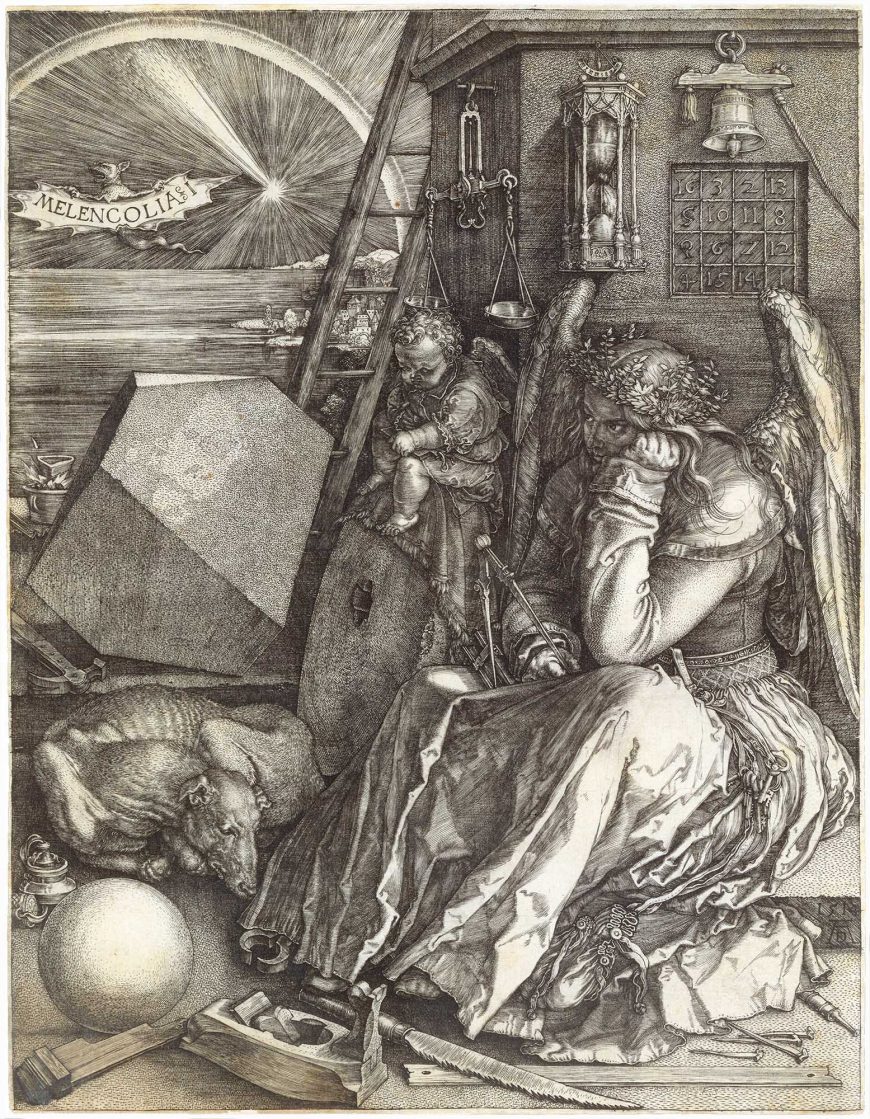
Albrecht Dürer was born in Nuremberg on May 21, 1471. His father, a talented goldsmith, taught him the basics of drawing and metalworking, including the skill of engraving. The boy’s aptitude led to his being apprenticed from 1486 to 1489 to Nuremberg’s leading painter, Michael Wolgemut.
In addition to being a painter, Wolgemut was a prolific designer of woodcut prints, primarily used for book illustrations. His principal client was Anton Koberger, one of the leading publishers in Europe, as well as Dürer’s godfather.
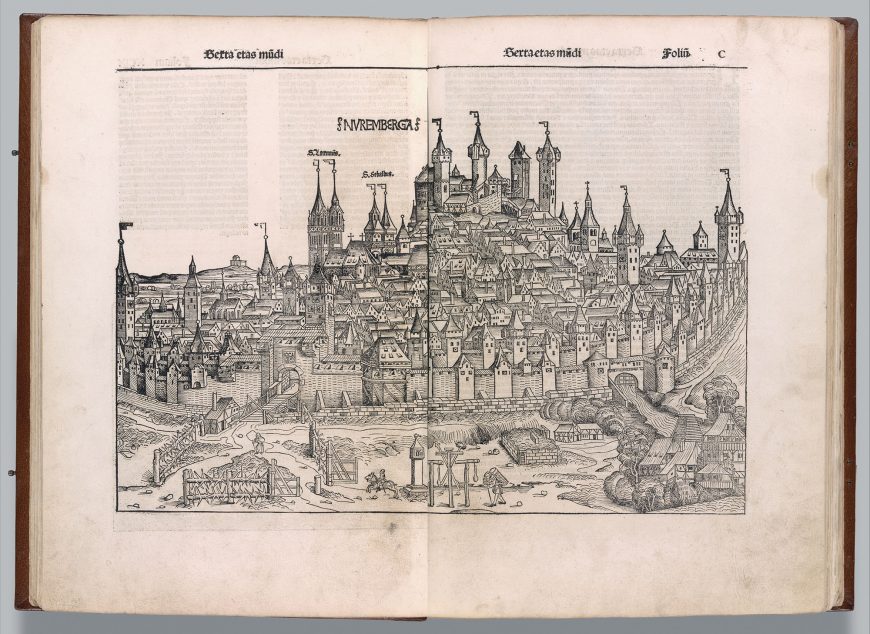
Following his apprenticeship, Dürer set out as a journeyman, traveling to great art centers in Germany and the Netherlands. His tour lasted four years. He had hoped to go to Colmar to meet Martin Schongauer, a famous painter and the leading engraver in Germany, but by the time Dürer arrived in Colmar, Schongauer had died. Fortunately, Schongauer’s brothers gave Dürer access to the prints and drawings in his studio. Dürer went on to work with another of the brothers, a goldsmith in Basel.
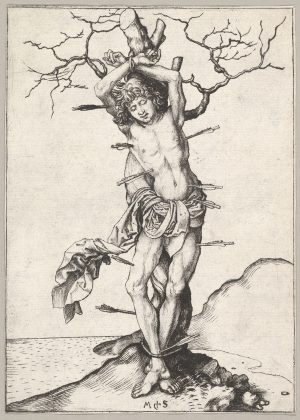
Dürer returned to Nuremberg in 1494. Within six months he had married and set off again, this time for Italy. During a sojourn of several months, he came into direct contact with the art and artists of the burgeoning Italian Renaissance. His studies of the works of Antonio Pollaiuolo, Andrea Mantegna, Giovanni Bellini, and others brought changes to his own art. He began to combine the structure and corporeality of Italian art with the profuse detail and emotive narration of northern European art.
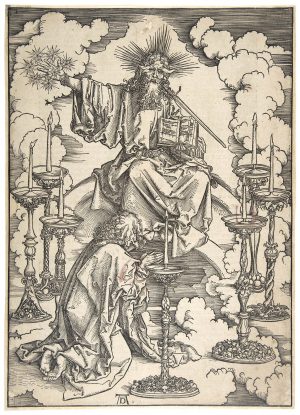
During the later 1490s his most remarkable project was an illustrated edition of The Apocalypse of Saint John, the Bible’s Book of Revelations. The book, with its visionary, full-page woodcut prints, made Dürer one of the most famous men in Europe.
At the same time, Dürer perfected his skills in other disciplines, including both oil and watercolor painting, drawing, and above all, engraving. By his 30th birthday, Dürer was an engraver without peer, and remains so today. His studies of nature, proportion, and perspective, reaching their apogee in his studies of human anatomy, laid the foundation for brilliant engravings such as Adam and Eve, his self-conscious masterpiece of 1504.
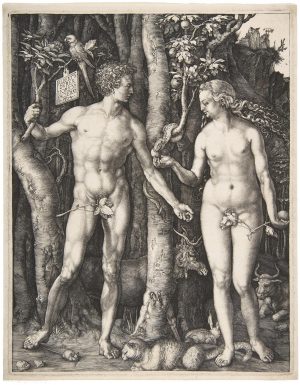
Dürer traveled to Italy again from 1505 to 1507, possibly in an attempt to shut down copyists who were stealing his ideas. His renewed contact with Italian artists deepened his fascination with art theory, and he soon began intensive studies that would lead to the publication of detailed treatises on human proportion, applied geometry, and military fortification. Though the geometry treatise would not appear until 1525, he was working on it in the early 1510s, while also studying nature and preparing Melencolia I. The wings of the angel in Melencolia I bring to mind his famous watercolor of a bird’s wing (below), which he drew in 1512. Melencolia I is sometimes called Dürer’s “summa” because it brings together so many of his interests and ideas.
Dürer’s patrons included the uppermost reaches of society, including Holy Roman Emperor Maximilian I, who awarded Dürer’s annual pension. Yet Dürer avoided becoming exclusively a court artist, preferring entrepreneurship. He continued to paint, but he clearly realized that the printing press was a more reliable source of income. As early as 1508, he wrote to a patron, “I shall stick to my engraving, and if I had done so before I should today be a richer man by 1,000 florins.” Dürer employed agents, including his wife, Agnes, to sell his prints, thus freeing him to work on time-consuming projects.
In July 1520, not long after the death of the emperor, Dürer departed for a year-long trip to the Netherlands. He hoped to persuade the new Emperor Charles V to renew his pension. Along the way he basked in the great celebrity accorded him in city after city. He met other great artists, royals, and intellectuals. His diary from this trip reveals that he often gave prints, occasionally including Melancolj (as he called it) as gifts.
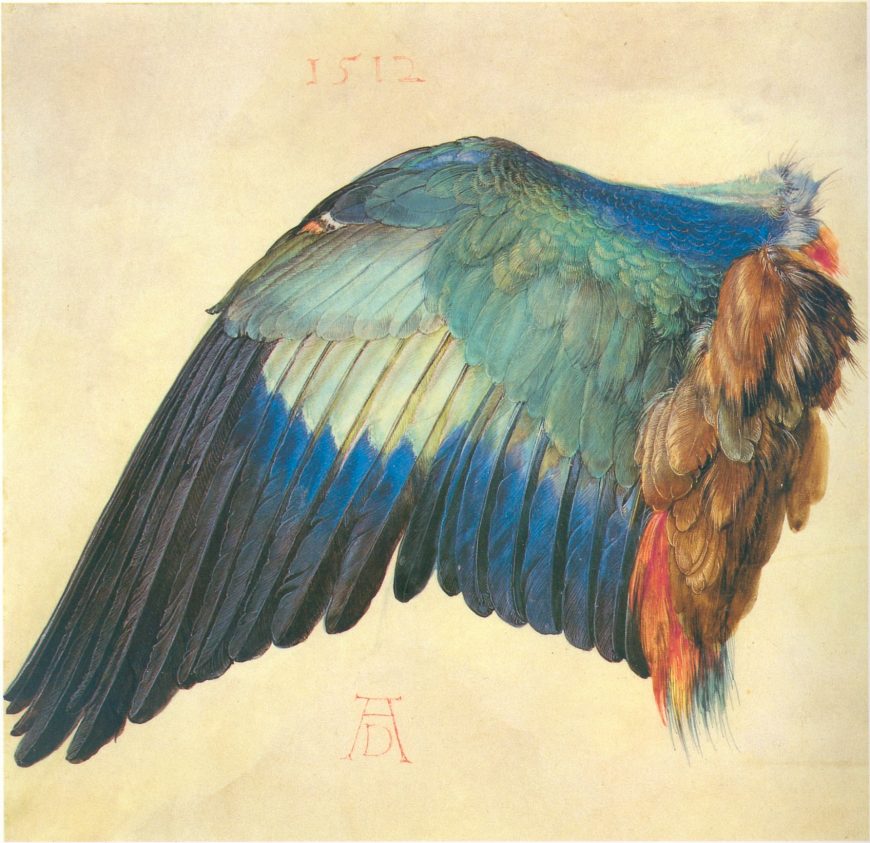
After his return to Nuremberg, Dürer complained of his failing eyesight and stiffening hands. In later years, his productivity as an engraver slowed, but he continued to publish his prints. His earlier engravings have been found printed on papers from the 1520s. He died in 1528, leaving Agnes an estate of 6,874 florins, more than ten times the annual salary of the mayor of Nuremberg. The reprinting of Dürer’s engraved plates and woodblocks continued for centuries, though they became increasingly incapable of producing such beautiful impressions as the one on display here.
Additional resources:
Works by Albrecht Dürer at the Minneapolis Institute of Art (Mia)
Essay on Albrecht Dürer from The Metropolitan Museum of Art’s Heilbrunn Timeline of Art History
Essay on Albrecht Dürer from the National Gallery of Art, Washington D.C.
“The Strange World of Albrecht Dürer” from the Clark Institute
- Minneapolis Institute of Art, "Who was Albrecht Dürer?," in Smarthistory, October 14, 2018, accessed March 31, 2023, https://smarthistory.org/who-was-albrecht-durer/. ↵

